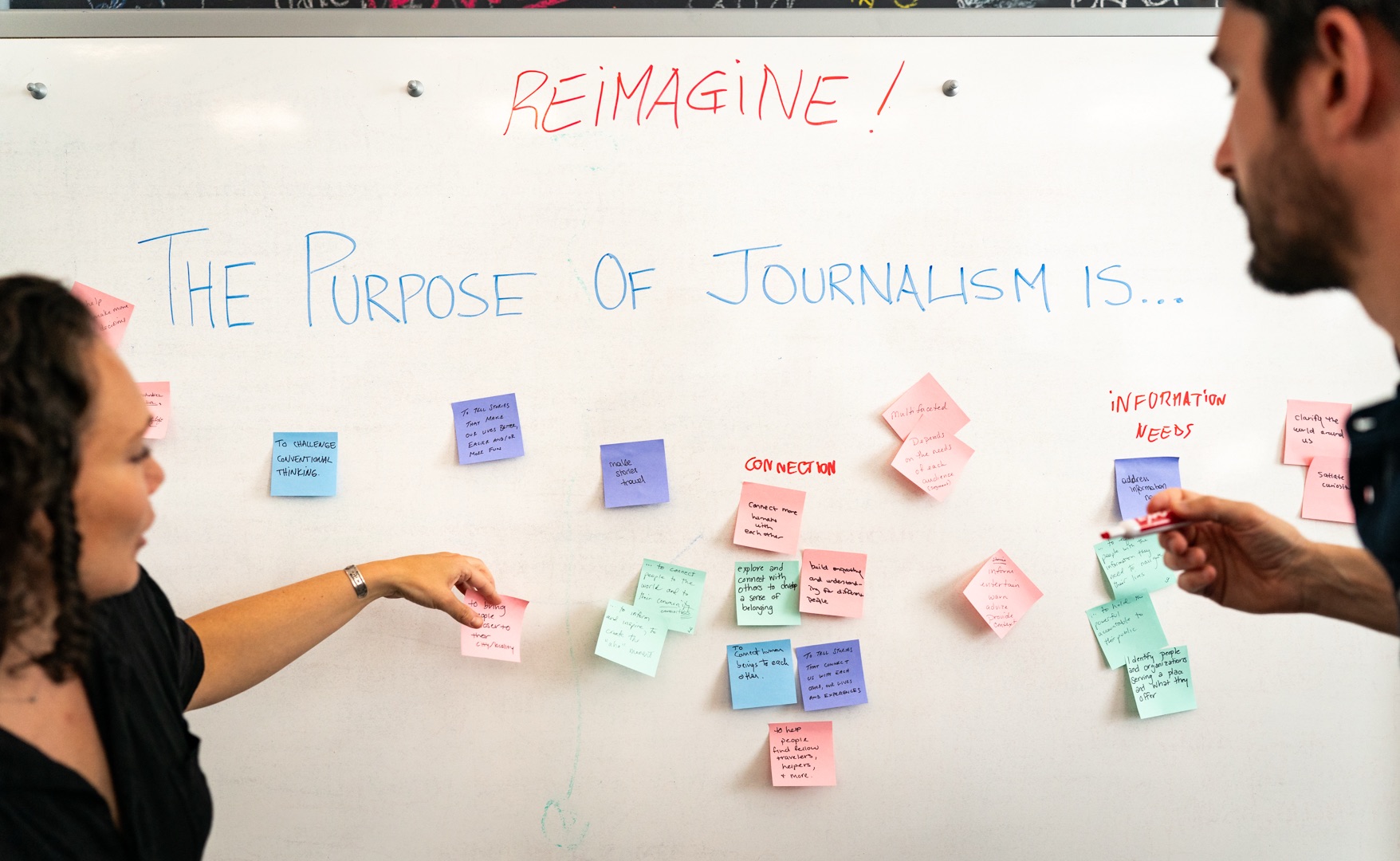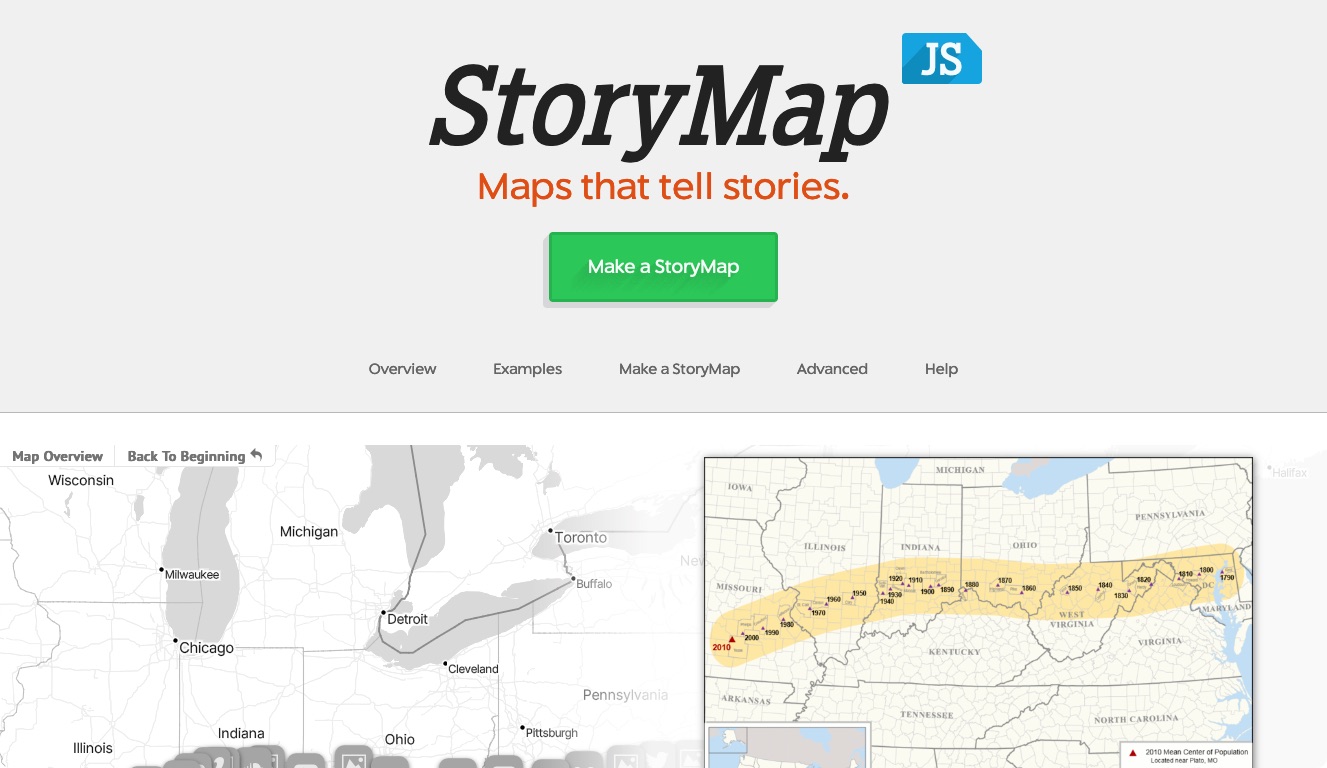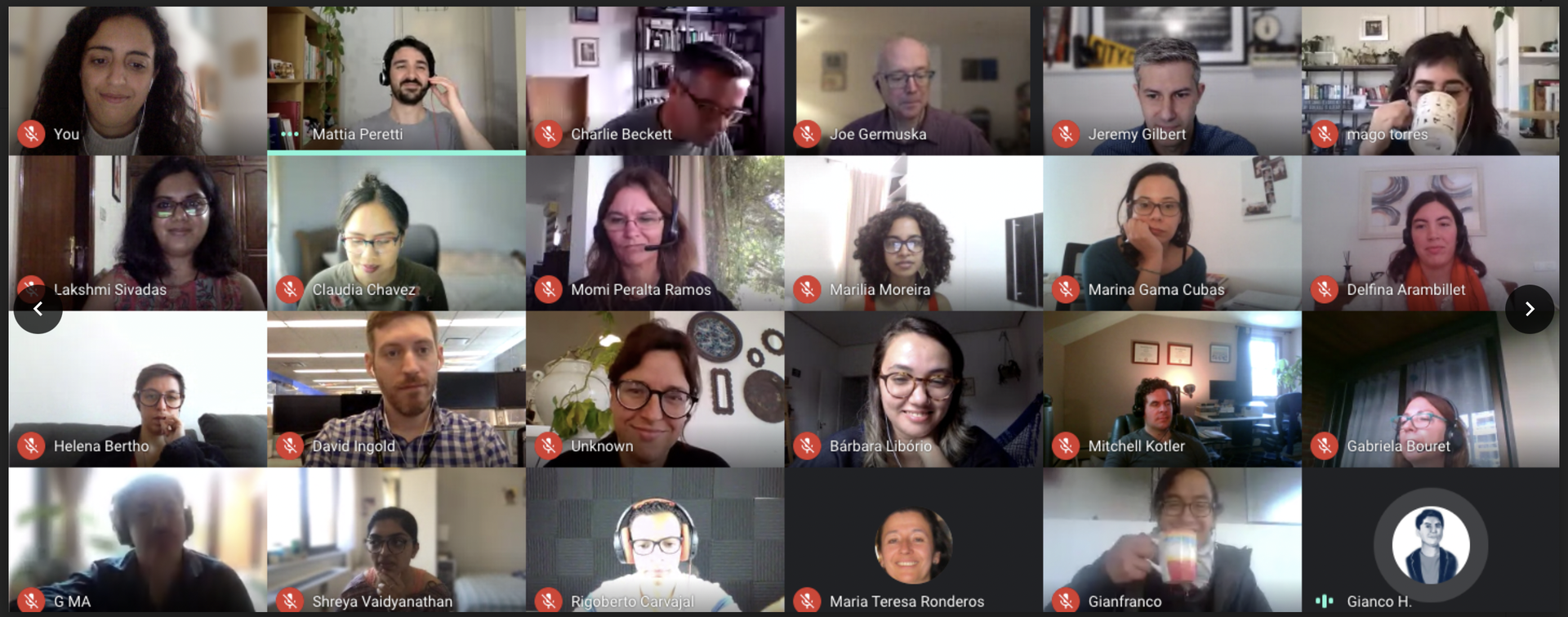This twice-weekly exchange has been going on since my first editor’s meeting two years ago when I first joined the editing team of North by Northwestern, Northwestern’s online student-run news magazine:
“We’re going to do a story on the architecture on campus for this Sunday,” a section editor declares excitedly at the editorial meeting. “It’s going to be interactive. It’ll be so cool!”
“That’s great,” a managing editor responds. “Have you talked to the interactive team yet?”
That’s when the room grows chilly. Our interactive editors’ shoulders will stiffen. Maybe they’ll exchange glances laced with meaning at each other. Because the section editor didn’t tell them. Again.
At North by Northwestern, there is a grand misunderstanding between traditional journalists and coder journalists that traditional journalists need sometimes weeks to produce a piece while coders and designers can cheerfully churn out an interactive piece in one all-nighter.
It’s no wonder that frustrations emerge in the newsroom as a result of this disconnect. NBN tries every quarter to mediate the relationship between writers and coders, but it seems like collaboration always results in a failure of translation. Print editors, including myself at one point, think that coders can churn something quickly. They think that every story is suitable for interactivity, when they’re not. Developers, on the other hand, lose patience, antagonizing the print editors and creating hostility.
Yuri Victor, senior UX design editor for Vox, addressed how we can mediate this relationship in his TEDx talk, “Empathy can fix the modern newsroom.” After watching his talk, attending the "How to build a happy team" session at NICAR (which featured good advice from Becca Aaronson, Brian Boyer, Lauren Rabaino, Trei Brundrett, and Adam Schweigert), and managing my own news team, I’ve curated some technologies and techniques that can make the integration of digital and traditional a little easier.
It turns out that communication is key, which is a theme you'll recognize throughout the tips below.
Don’t hire jerks
Aaronson, news apps producer of The Texas Tribune, looks for “personality and potential” in applicants. A team member should get along with the rest of your team and your newsroom, and he or she should also have the potential to grow his or her skill sets.
Establish a manifesto
Boyer, editor at NPR visualizations and the mind behind "How To Be Happy," establishes a mission or “manifesto” to his team. For example, he said, NPR’s mission is "creating empathy.
"Knowing what your mission is sets a bar against which you can measure success,” Boyer said.
If the entire newsroom has a mission, failure to achieve what is laid out in a manifesto due to conflict between developers and reporters can surface more quickly, instead of remaining a simmering pot for several projects.
Communicate from the get-go
This is simple. Do you have an idea? Tell the different departments who could be involved in its production immediately.
Instant messaging
No, you don’t have to bust out my embarrassing AIM chat name circa 2006, but you should consider using an instant communication tool like Slack, which we use at the Knight Lab, to make communication more direct and more efficient.
At ProPublica, staff use Slack and an encrypted chat room to communicate. Sisi Wei, a news apps developer, uses the two to collaborate on projects with or send links to different production teams.
“For me, having any type of chat system allows you to respect other people’s time more. No one needs to respond right away, but they can both respond easily and decide when they wish to respond,” Wei said. “Once the chat is over, they don’t need to archive, label or sort the message like they would need to in email.”
The beauty of chat rooms is that if they allow you to discuss ideas instantaneously, without having to sort through emails or sit through meetings (though meetings are inevitable). When my friend Sarah Turbin interned at The Week last summer, she and her colleagues used HipChat. She noted that since no hierarchy exists in a chatroom, the communication quality increases.
But that’s not to say that chatrooms are without flaws. Turbin, as well as myself, admittedly prefers face-to-face conversations over chat rooms, and thinks it’s bizarre to chat someone when you could turn around and talk to them. She observed at The Week that, “If you weren’t logged on to HipChat, you effectively were not in the office.” Still, chatrooms are the next best thing to personal interactions.
Learn each others' love language (and be respectful)
Anthony Pesce and Lily Mihalik, programmer and designer at Los Angeles Times, respectively, gave a lightning talk on preventing conflicts between developers and designers at this year’s NICAR conference called “10 things I hate about you.”
If you as a traditional reporter notice that the developer is giving you the stinkeye when you say, “Can you whip this up?” learn why. And developers, patiently explain to your colleagues why you are not a “code monkey,” as an audience member at the panel, “Bridging the journalist/developer gap,” put it (he was met by applause). Likewise, developers should understand the timeline of designers and traditional reporters as well, and comprehend that Comic Sans is never ok.
tl;dr: Respect each others' time and skills set.
Check-ins
Every morning at Knight Lab we practice a lighter version of scrum in which everyone stands in a circle and shares very briefly what he or she is working on for the day. This is a great way to stay on the same page as your colleagues and bring any obstacles to light immediately.
Check-ins should also take place after the launching of each project, between all departments, to explore what went well during production and what should change. This gives management an opportunity to be transparent, and traditional reporters and developers the power to understand why they’re doing what they’re doing.
Meetings
If you have to have a meeting, which you inevitably will, set a time limit and enforce an agenda. Meetings are as annoying as emails, and they interrupt the workflow of a journalist on deadline. To minimize the impact of a meeting on your team, you might consider sending a representative to the meeting and having him or her relay information throughout the team. And if your meeting requires some discussion, Vox VP of product and technology Brundrett suggests that you give participants “homework” to complete before they attend, so that no time is wasted on preliminary explanations. If conflict arises during a meeting, you must have a solution ready to go sooner than later — otherwise, the conflict will fester and both teams will lose faith in the newsroom’s ability to function harmoniously.
Also, if your news organization is one in which meetings are frequent (which it shouldn’t be!), be considerate and schedule travel time in for your participants, so that they don’t start a chain of meeting tardiness throughout the day.
Use and build reusable, easy tools
This piece of advice is endorsed by Rabaino, director of editorial products at Vox. Last quarter, I set out to build a landing page for an audio series by North by Northwestern (it’s almost done!). I was planning on making the story completely code-based, but then Joe Germuska suggested that I use Tarbell, which would allow future editors to update the page via a Google spreadsheet instead of having to copy/paste code. While figuring out Tarbell took extra time for me, it definitely will eliminate time otherwise spent teaching future generations of editors basic coding. And, by allowing future editors to update the site by filling out an intuitive Google spreadsheet, it brings print and digital journalists one step closer together.
Tarbell hides enough of the nitty-gritty to be appealing for the non-tech-savvy, but it’s easy to customize for those who are.
“It’s important to make the web less mysterious for the people who are creating the content for the web,” said Knight Lab developer and designer Heather Billings, who along with David Eads developed Tarbell. “If it’s all magic, and they don’t understand what’s happening to their stuff, it’s going to result in a poor end product, than if everyone is invested from the beginning.”
Safe spaces
At the NICAR panel, Wei, who was an audience member at the “happy teams” panel, asked how newsrooms can create safe spaces for journalists to confront more serious issues like diversity in the workforce. The panel suggested solutions like anonymous surveys, but I think that what is even more important is making clear from the beginning of a journalist’s career in your newsroom that discussions of diversity and other social issues are valuable to your organization. And as always, promote discussion and have a solution sooner, rather than later.
The most important thing to remember, however, is that the interactive team and the print team need each other. There is no room for arrogance and condescension by either party in a newsroom team. I almost forgot this truth, until some professionals at the ONA conference in Chicago reminded me that while most print stories cannot stand alone on the Internet, even the best interactive piece is nothing without a good story.
About the author





